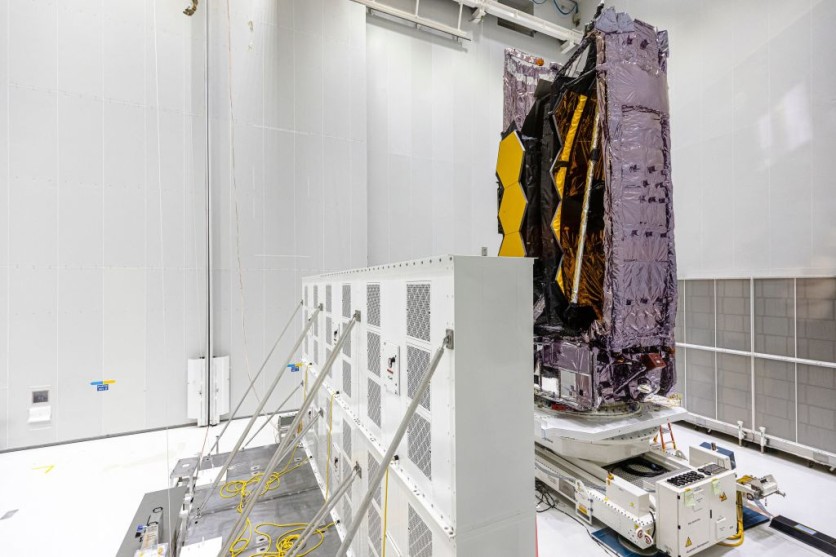NASA is preparing to launch the James Webb Space Telescope (JSWST) on Dec.18. From French Guiana to space, the astronomers will use it to uncover the deep mysteries of the universe.
According to scientists, the upcoming release of this big telescope will hint at the discovery of astrochemistry. This would mean that experts can gain new information about the condition of the planets and other astronomical entities.
James Webb Telescope to Give Chemistry-Related Insights

According to a report by Phys.org on Wednesday, Nov.10, NASA's telescope would provide important details about the universe.
Through Chemical & Engineering News Associate Editor Same Lemonick, the collaboration of NASA, ESA (European Space Agency), and CSA (Canadian Space Agency) will bring something interesting to astronomers.
Before, the space agencies were planning to launch it in 2007. However, it drew flak from a lot of critics after they found out that the cost for the launch exceeded the original price during the proposal which was $500 million in 1996. $9.5 billion is said to be spent on it at that time.
This time, the astronomers said that the James Webb Space Telescope has a more unique feature compared to the Hubble Space Telescope. The latter telescope has captured the clashing galaxies wherein three of them are engaged in the so-called gravitational war.
According to them, the beryllium mirror of the JWST is considered to be the largest of its kind to fly to space.
The embedded instruments such as the infrared camera and the large mirror can expose chemistry applications in the process. As such, they could see the molecules, water, and even elements such as ammonia and carbon dioxide in far-flung planets, regardless if they are composed of dust, ice, and other components.
Read Also : NASA Hubble Telescope in Safe Mode AGAIN | Space Agency Continues to Investigate Multiple Error Codes
Currently, over 250 research projects related to the James Webb Space Telescope were scheduled by the experts.
Several studies pointed out the extensive case of the protoplanetary disk. This thing is the ring that we see on planets and other celestial bodies. If you happen to see Jupiter's rings, you already saw the rotating disk.
Moreover, astronomers also focus on scrutinizing the atmosphere of other distant planets and even coming up in discovering the role of chemicals to a particular body.
Some studies are centered on Jupiter and Saturn and the whole solar system. NASA's James Webb Space Telescope is due next month, and astrochemists have to prepare for the upcoming tests. The project is expected to yield more data that they need to carry out their future studies.
The First Light Machine
In another report by Brinkwire, an astronomer shared insights about the James Webb Space Telescope being the "first light machine."
The source added that the size of its mirror resembles a typical tennis court. Besides its four cameras, it also has sensors for fast data gathering. Its capability could reach the point that it could see the first galaxies that existed a long time ago.
NASA Says JWST is the 'Most Complicated' So Far
Earlier this month, Tech Times reported that the James Webb Space Telescope could fail in 300 ways as per NASA. 80% of them would be attributed during the deployment phase as per Lead Mission Engineer Mike Menzel.
Related Article: NASA, ESA Declare James Webb Space Telescope Launch Date's Delay: What Issues Are Seen?
This article is owned by Tech Times
Written by Joseph Henry
![Apple Watch Series 10 [GPS 42mm]](https://d.techtimes.com/en/full/453899/apple-watch-series-10-gps-42mm.jpg?w=184&h=103&f=9fb3c2ea2db928c663d1d2eadbcb3e52)



